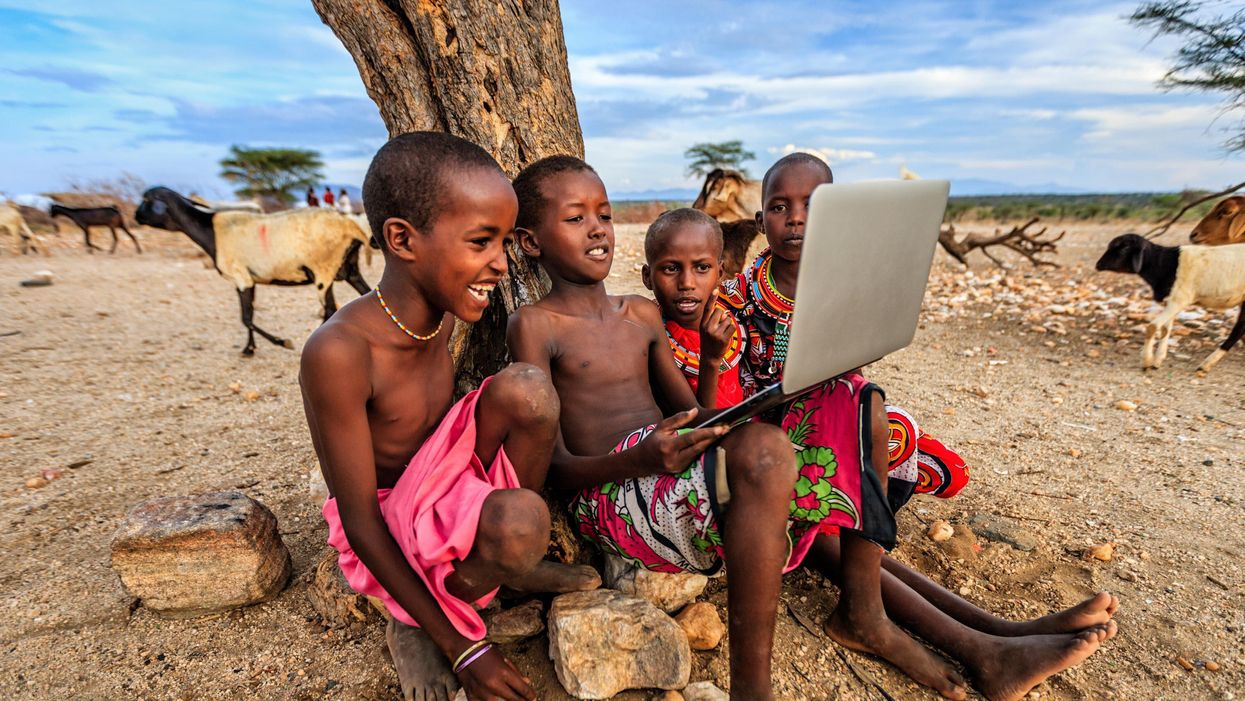Solutions for Providing Internet Access to Rural Areas

The COVID-19 pandemic has brought home the need to provide Internet connectivity to underserved communities. Many people with affordable access have been able to work from home, learn remotely, and shop online, but that certainly hasn't been the case for everyone. Almost half the world's population has no Internet access, according to the World Economic Forum. And where access is available, it can be too expensive.
The IEEE Standards Association Connectivity and Telecom Practice is working on the issue, researching communities' needs and collaborating with other organizations. The group has released a series of videotaped interviews with industry professionals, researchers, and policymakers working on challenges in Africa, India, Indonesia, and Mexico.
Five videos are available:
Designing a User-Centered Interface for Rural Communities. One obstacle to widespread access is the lack of computer literacy in some communities. To address the problem, the IEEE Standards Association formed the Rural Communication industry connections program to research digital needs and develop a model for the design and implementation of user interfaces.
In this video with the chair of IEEE Standards Association Connectivity and Telecom Practice, IEEE Associate Member Anmol Anubhai shares her real-world and industry experience and discusses how the program can help raise computer literacy.
Accelerating Africa's Digital Transformation Through ICTs. The continent has the lowest number of Internet connections, according to the International Finance Corp. Many African countries have less than a 20 percent broadband penetration rate. The problem is compounded by the lack of access to reliable and affordable electricity.
There's also the need to provide other basic services including education, food security, and health care, which all play a role in the continent's mission of connecting the unconnected, says Lacina Kone, director general and chief executive of Smart Africa. In the video, Kone covers current efforts by African leaders to transform the continent's digital future and accelerate socioeconomic development through information and communication technologies.
Connecting Rural India Through Technology Standards. India's government has provided reliable Internet infrastructure to more than half those living in rural areas, but not enough of those people are using it because accessing it is too expensive, says Sandeep Agrawal, team leader for the Centre for Development of Telematics in Bangalore. Agrawal, an IEEE senior member, discusses other challenges as well.
Almost half the world's population has no access to the Internet
He also talks about two IEEE standards programs he chairs that can help expand the reach of the Internet: the IEEE P2872 Working Group for Interoperable and Secure Public Wi-Fi Infrastructure and Architecture and the Rural Communication industry connections program.
Protecting Data Privacy in the Use of ICTs in Indonesia. Many ICT users in Indonesia are concerned about their privacy because their data is owned by private operators. One way to tackle the issue is to leverage technology standards and data protocols, says Benjamin Hsueh-Yung Koo, director of international relations for the iCenter at Tsinghua University, in Beijing. He examines the policy and educational challenges and how technical standards can support sustainable and trustworthy data governance.
Bridging Digital Divide in Mexico Through Collaborative Regulation. The country has seen steady growth in Internet connectivity since 2013. The Mexican government has played a crucial role in delivering reliable infrastructure and affordable access, fostering public-private partnerships, and providing training to improve digital skills. Today about 70 percent of Mexicans have access to wired or wireless Internet. Yet only 47 percent of the rural population has access, compared with 76 percent of city dwellers. Paola Cicero, chief of staff at Mexico's Federal Institute of Telecommunications, discusses how to provide universal connectivity by leveraging local IEEE resources and developing collaborative regulation such as sharing guiding principles and best practices and defining mechanisms for cooperation.
Join the IEEE SA Connectivity and Telecom Practice interest list to stay up to date on projects and receive notice of upcoming events.